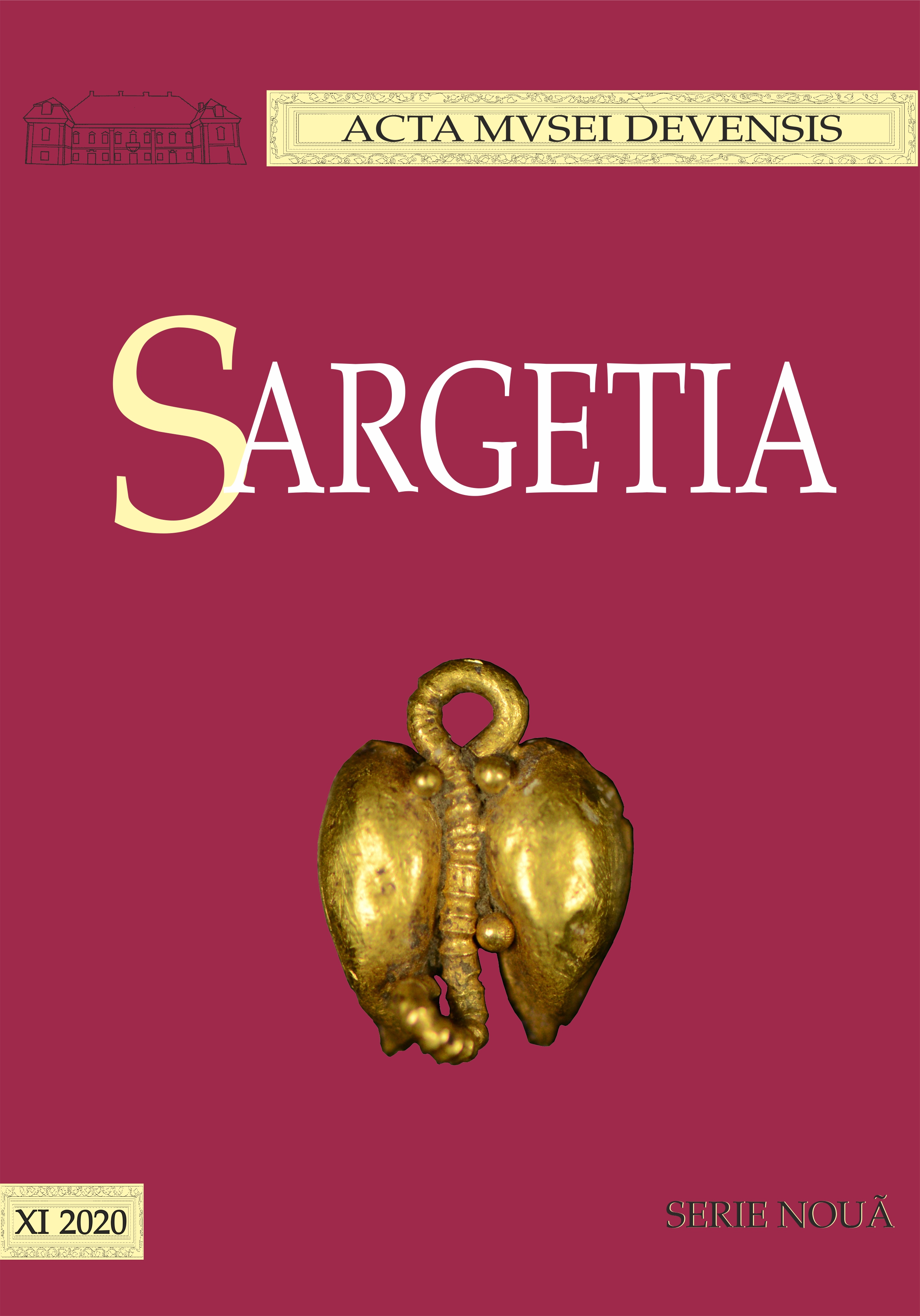Femeile și Unirea de la 1 Decembrie 1918
The Women and the 1st of December 1918 Union
Author(s): Victor-Tudor RosuSubject(s): History, Gender history, Recent History (1900 till today), Pre-WW I & WW I (1900 -1919)
Published by: Editura Altip
Keywords: delegates; National Assembly; Alba Iulia; Hall of Union; representation; universal vote;
Summary/Abstract: The article discusses the presence and role of women in the act of Union, in 1st of December 1918. At that day, the National Assembly, gathering 1.225 (traditionally, 1.228) Romanian deputies, voted for the Union of Transylvania, Banat and the „Hungarian Parts” (Crișana and Maramureș) with Romania.57 people among the 1.225 delegates were women. There were also 10 women as substitutes. Most of the ladies present in the Hall of Union represented the womens’ organizations and societies from Transylvania. In the past, the purpose of these associations was rather the national ideal than the emancipation of women. Besides the majority, there were also several women representing schools, financial societies and students. The article presents all the names of these women, along with the institutions represented.During the Session of Union, held in the Military Casino (in the future, named “Hall of Union”), women stood at the balcony and it is possible they were a bit more than the number of the official delegates (present based on mandates). They were also very vocal and enthusiastic during the speeches held in the National Assembly. Later on, after the decision of Union was taken, the day’s programme continued on Câmpul lui Horea area (Horea’s Field), where there were more than 100.000 people present. Among the speakers on the tribunes, there were at least two women.The Resolution of Union voted in 1st of December spoked about the universal vote. Basically, the right to vote was given to women over the age of 21 (same for men), yet this was only a principle to be followes, not a fundamental decision. This principle was hard to implement in the summer of 1919, when the electoral law was debated in the Transylvanian Parliament – The Great National Council.In the final part, the article focuses the case of Eleonora Lemény, the first and only woman elected in the Transylvanian Parliament, wich ruled the unified province in the following year, while the unification process was gradually implemented.
Journal: Sargetia. Acta Musei Devensis
- Issue Year: 2020
- Issue No: 11
- Page Range: 237-248
- Page Count: 12
- Language: Romanian

